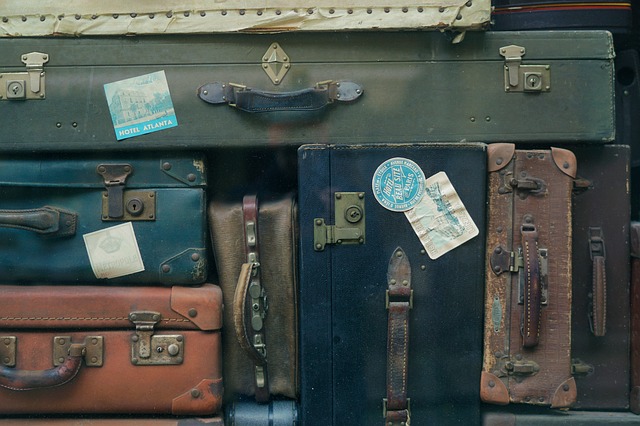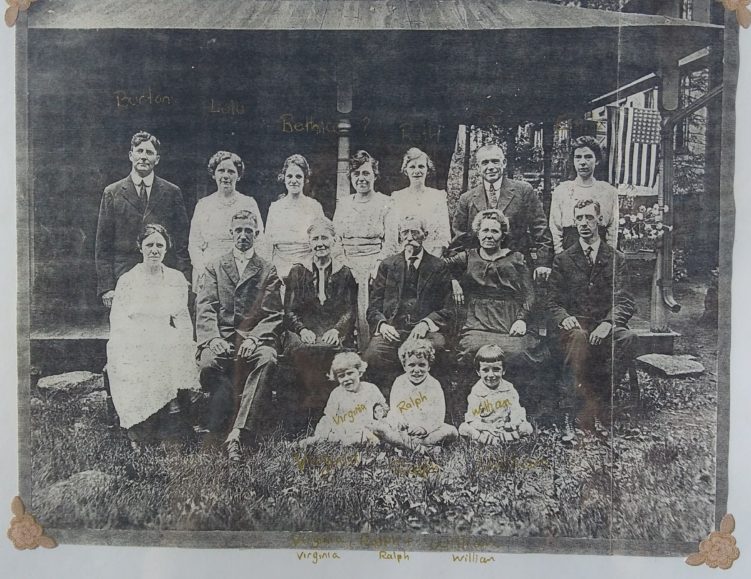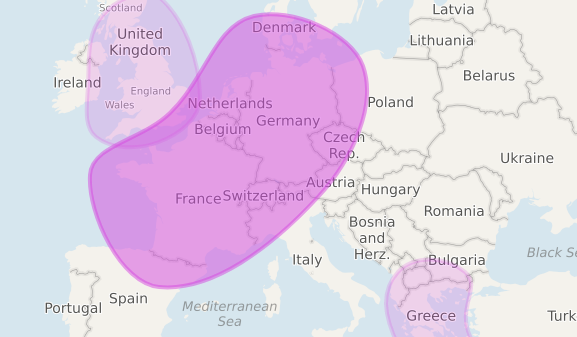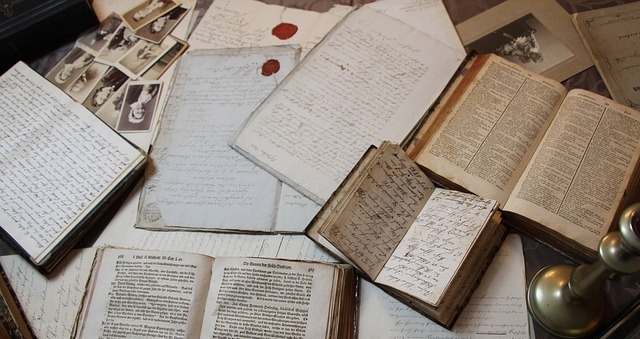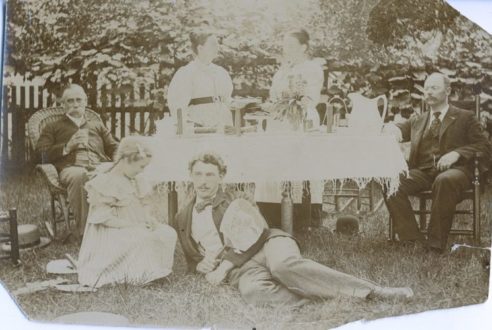Edward Callaghan lived quite an eventful life and the funny thing is I never knew that not only was he the ancestor of an elementary school friend of mine, but would also become the ancestor of one my children. I've tried for months to sum up his life. We'll see if I succeed this time. My ...
DNA
Family in Our Heart
DNA is a wonderful tool for the family historian. But what happens when the unexpected comes up, when your parents, grandparents, or great-grandparents aren't connected to you biologically, after all? I've encountered so many surprises thanks to DNA. My own parents? Both mine. My sister? Stuck ...
DNA Testing: Caveats
Family Tree DNA first began offering direct-to-consumer genetic testing in 2000. After years of reading articles about the success people had with DNA testing for genealogy, I took my first test in 2006. Only a year later in 2007, 23andMe joined the party, and now everyone is doing it. Yet, not ...
My Lifelong Research Project
In 2016 when I attended the Nebraska State Genealogical Society Conference, featured speaker Joshua Taylor made mention of those ancestors who become our lifelong research projects. Mine is my great-great grandmother, Emma Anna Murphy. I wrote about Emma constantly in the previous iteration of my ...
How DNA Changed My Family History
With the availability of DNA testing, I've seen quite a shift in what I always thought I knew about my family. It started in 1989. I saw a photo my grandmother had of her family and wanted to learn more about it. I found out that the little girl in the picture was my great-grandmother, Nina Gertrude ...
